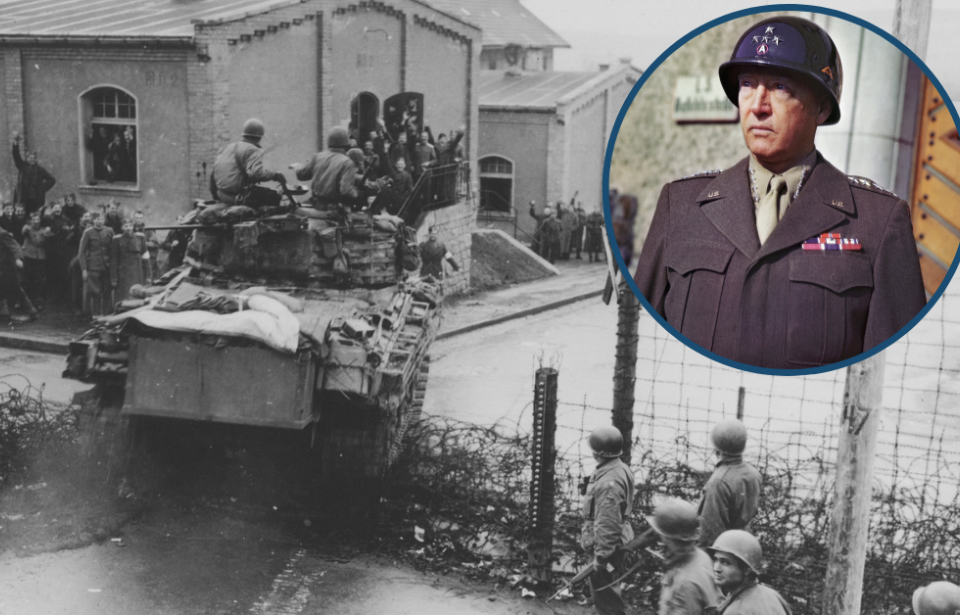How far would you go for family? This is the question Gen. George Patton had to ask himself in March 1945, when he created a controversial unit known as Task Force Baum. The overall goal of the mission was to liberate Prisoners of War (POWs) from Oflag XIII-B, a German prison camp. However, many argue the real reason for the task force was to rescue Patton’s son-in-law, who was being held prisoner at the location.
We break down why Task Force Baum was not only controversial, but also a complete failure.
George Patton’s ‘special assignment’
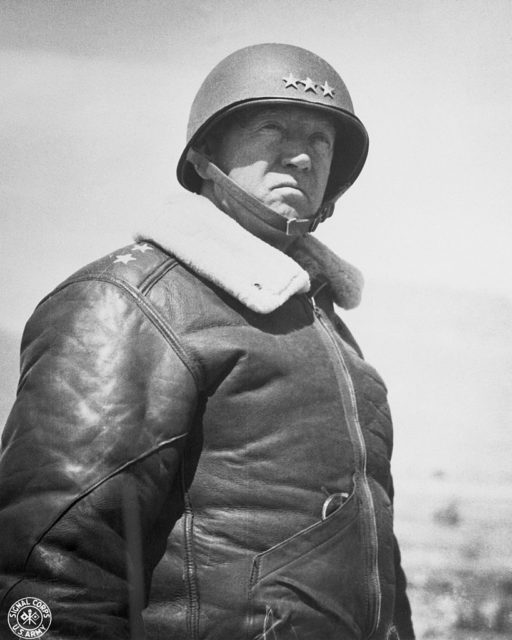
In late March 1945, George Patton received intelligence that several hundred American prisoners of war had been moved to Oflag XIII-B, near Hammelburg – around 40 miles behind enemy lines. Upon learning this, Patton summoned 23-year-old Army Officer Abraham Baum into his tent for a special assignment.
Upon being summoned to Patton’s tent, Baum remembered thinking, “What the hell and I doing here?” He also recalled Cmdr. Manton Eddy, Cmdr, William M. Hoge and Creighton Abrams being present for the meeting. None of them liked the task force idea Patton proposed. According to Baum, Patton “said he’d get me the Congressional Medal of Honor. I told him I had orders; I didn’t need to be bribed. I had no idea the mission was about his son-in-law.”
On the other hand, Patton was worried that, when the Americans invaded Germany from the West, the fleeing soldiers would kill any Allied POWs held iat German prisoner camps. He was aware his son-in-law, Col. John K. Waters, who’d been captured in Tunisia in 1943, was being held at Oflag XIII-B. Patton was located only 60 miles away from the camp and Waters, which may have influenced his enthusiasm for creating Task Force Baum.
The beginning of the mission was met by fierce German resistance
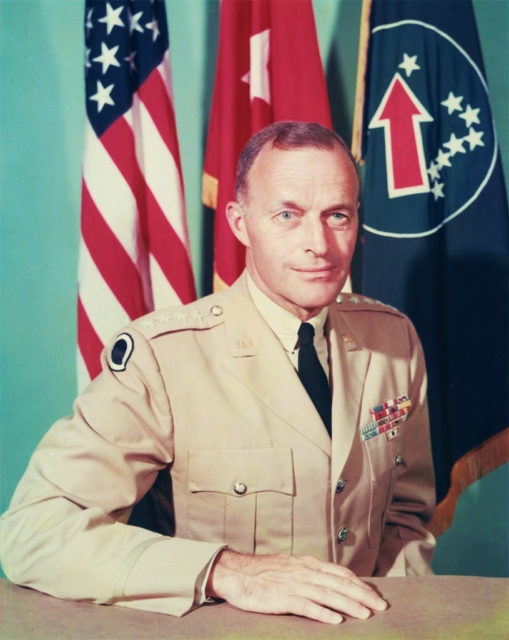
Abraham Baum was ordered to take 300 men and 50 vehicles behind enemy lines to liberate Oflag XIII-B. Task Force Baum had six M5A1 Stuart light tanks, 10 M4A3 Shermans, three self-propelled 105 mm guns, 27 half-tracks and eight Jeeps. No one knew the camp’s exact location or the number of POWs being held there.
Baum noted that the only thing the task force had going for them was the element of surprise, which “was eliminated right away.” They set out on March 26, 1945, and by the evening had reached the town of Aschaffenburg. There, they encountered heavy fire that disabled several of their vehicles, including one of the Sherman tanks. Nonetheless, they continued to push forward. At this point, however, the members of Task Force Baum had alerted the Germans of their presence.
They were met with more resistance as they went deeper into Germany. The task force needed to cross the Saale, near the town of Gemünden am Main, to get to Hammelburg. However, they didn’t realize this was an assembly area for German infantry. The German forces blew up the bridge as the Americans began crossing, killing and wounding several men. Baum himself was injured, and the task force lost three tanks.
Abraham Baum now had to change their route into Hammelburg and got a German civilian to guide him and his men.
Task Force Baum reaches Oflag XIII-B
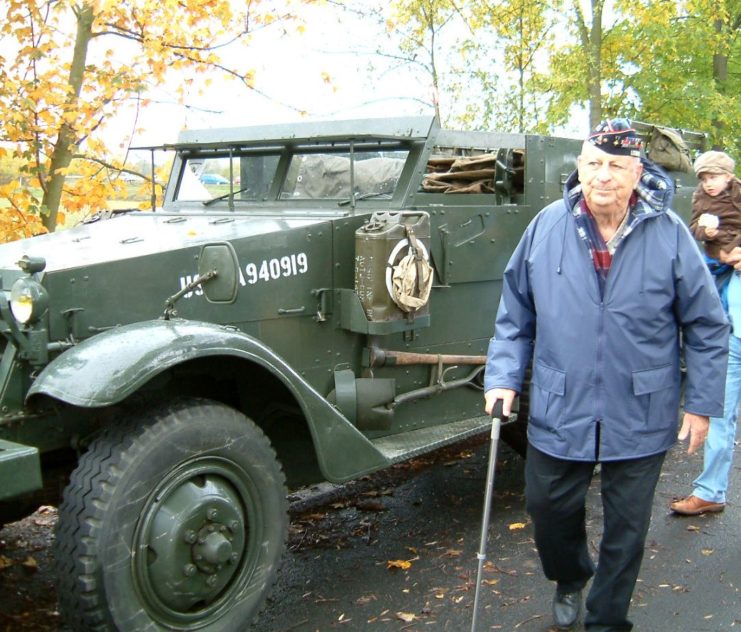
On March 27, 1945, Task Force Baum finally reached Hammelburg, where the Germans continued to ambush them. By the time they reached Oflag XIII-B that afternoon, they’d been operating nonstop for half a day against increasing German resistance.
For two hours, the Americans fired at the German defenders of the camp, but never stormed the gates. After two hours, camp commander Gen. Günther von Goeckel called for John K. Waters to act as an intermediary, to try and arrange a truce.
Several men, including Waters, volunteered to talk to Task Force Baum. To do so, they had to leave the camp. However, Waters was shot by a German soldier putting up resistance before the situation could be explained to him. The American colonel was taken back into Oflag XIII-B and treated by Serbian doctors also being held at the camp.
Task Force Baum breaks through Oflag XIII-B’s gates
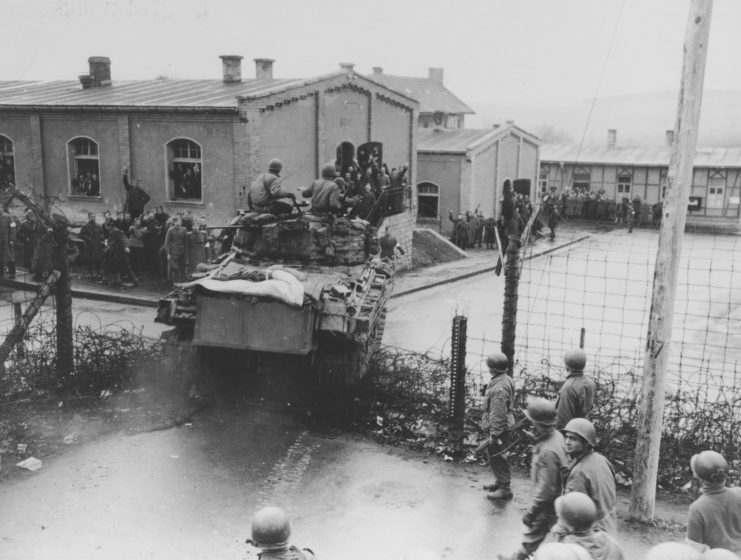
Task Force Baum eventually broke through Oflag XIII-B’s gates, only to realize the prison camp contained far more than the 300 POWs they were planning to liberate; Baum realized only a small portion could actually be taken back to Allied territory on what remained of their fleet.
It was decided that only field-grade officers would be allowed to ride back with the task force, while the remaining men could march beside the fleet. The vast majority of the POWs interned at Oflag XIII-B could barely walk and opted to stay behind. Due to his injuries, Waters also remained at the camp.
Soon after their departure, Task Force Baum was quickly surrounded and outnumbered by the German forces in the area. Despite their efforts, they annihilated. In total, 26 men on the task force were killed in action (KIA), with the majority of the survivors were forced to surrender. They were taken prisoner at the very camp they were trying to liberate. Only a handful of members made it back to Allied lines.
Ultimately, Abraham Baum did meet John K. Waters, as their hospital beds were near each other. Both men remained in the hospital until the 14th Armoured Division liberated Oflag XIII-B on April 6, 1944, nine days after Task Force Baum’s failed liberation attempt.
How much did George Patton really know?
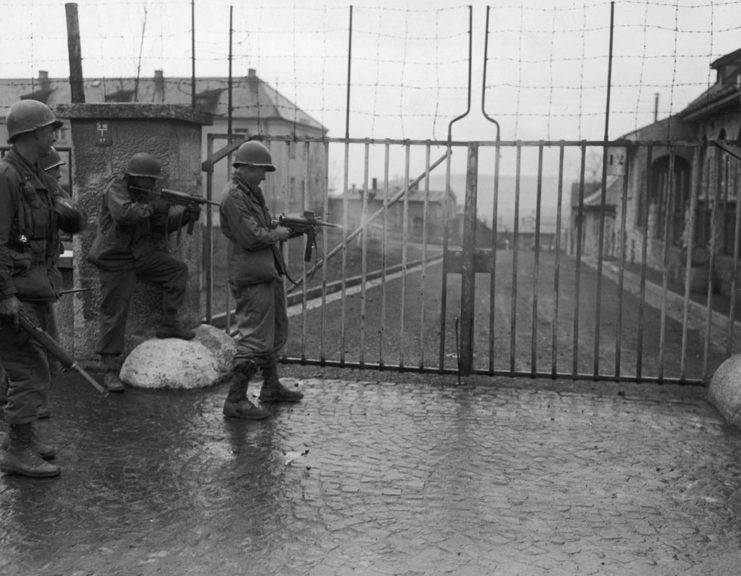
Whether or not George Patton knew his son-in-law was being held at Oflag XIII-B has been disputed. To counter any criticism, he claimed Task Force Baum was a diversion for the US Third Army’s move northward, and stated he wasn’t aware of John Waters’ whereabouts.
When Patton visited Abraham Baum in hospital, the injured man said, “You know, sir, it is difficult for me to believe that you would have sent us on that mission to just rescue one man,” to which Patton responded, “That’s right, Abe, I wouldn’t.”
In this 2018 book, Patton’s Last Gamble: The Disastrous Raid on POW Camp Hammelburg in World War II, Duane Schultz reexamines Patton’s motivations for Task Force Baum and offers two explanations for his motives – both of which reflect poorly on the general.
Schultz suggests Patton did know about his son-in-law’s whereabouts and that the mission was, in fact, set in motion to rescue Waters. Schultz also suggests the raid could have also been Patton’s attempt to one-up his rival, Gen. Douglas MacArthur.
More from us: Colditz Castle Was Turned Into a Prisoner of War Camp During the Second World War
Two months before Patton launched Task Force Baum, MacArthur’s troops had successfully rescued over 500 Allied POWs and civilians from a Japanese prison camp near Cabanatuan City, in the Philippines. Schultz suggests Patton resented the media attention MacArthur received and was determined to recapture the spotlight.
Either way, Patton remains the only individual who really ever knew the true motivation behind Task Force Baum.
